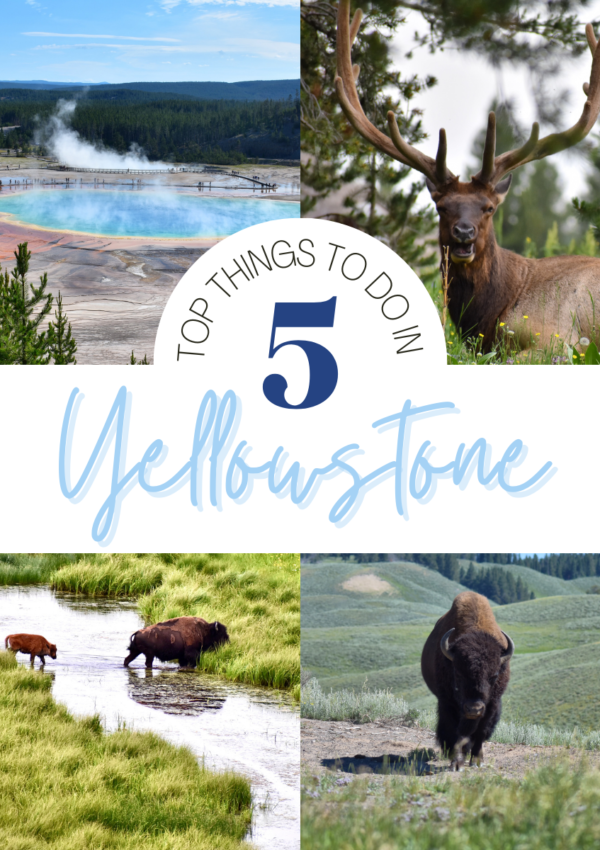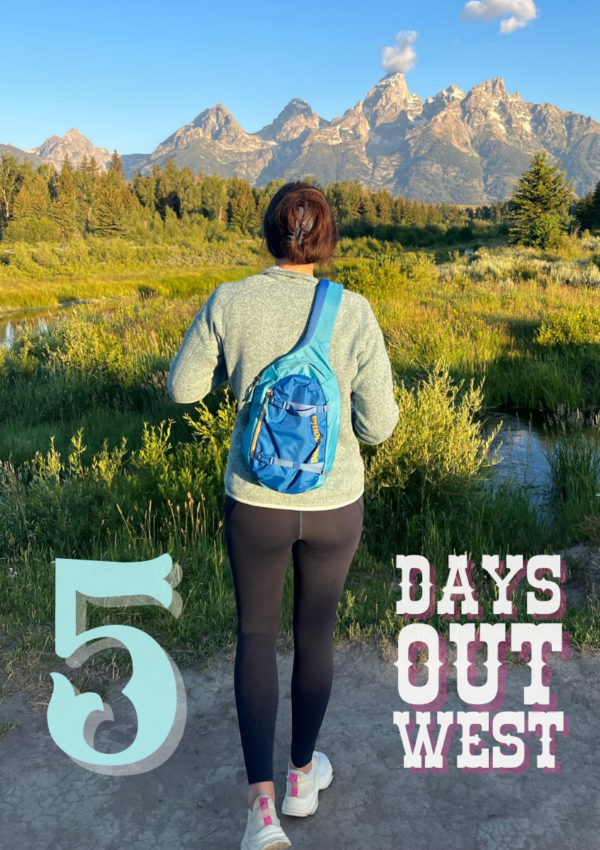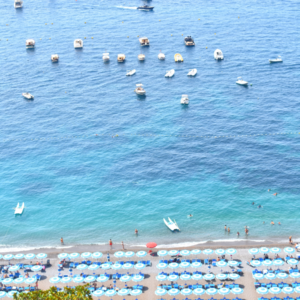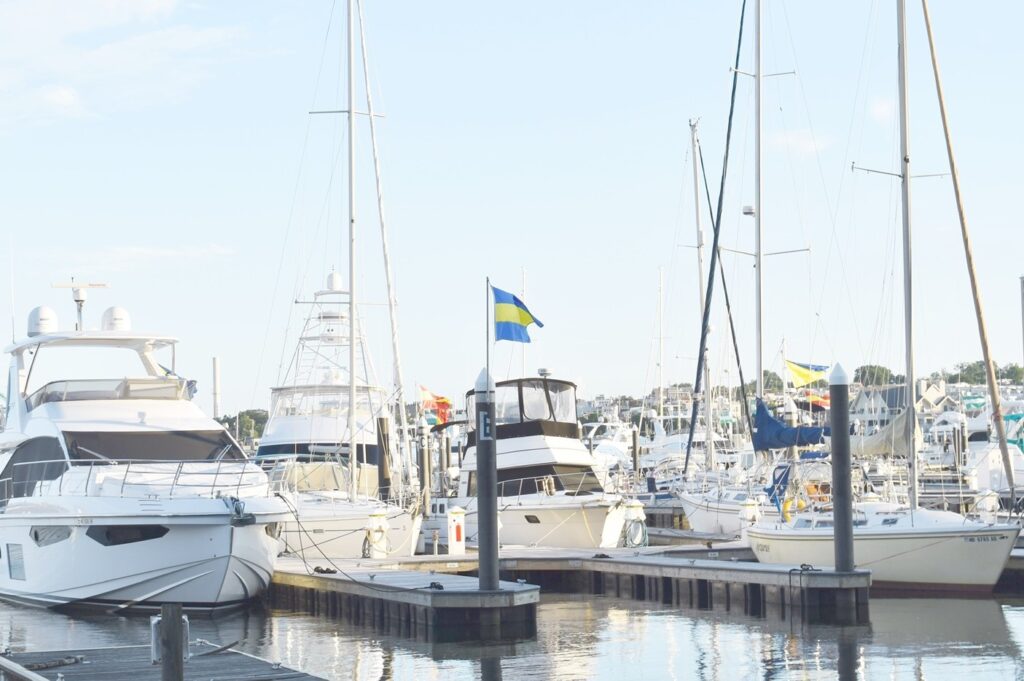When it comes to gorgeous landscapes, the United States really does have a little bit of everything. We had a wonderful time exploring Grand Teton National Park when visiting Jackson Hole, Wyoming (and Yellowstone National Park) this past weekend for a family friend’s wedding.
The national park is known for its spectacular mountain range, lush forests, and sparkling lakes. Each year, visitors flock to the area for great hiking, skiing, swimming and camping adventures. Just driving down the road becomes a mesmerizing scenic view.
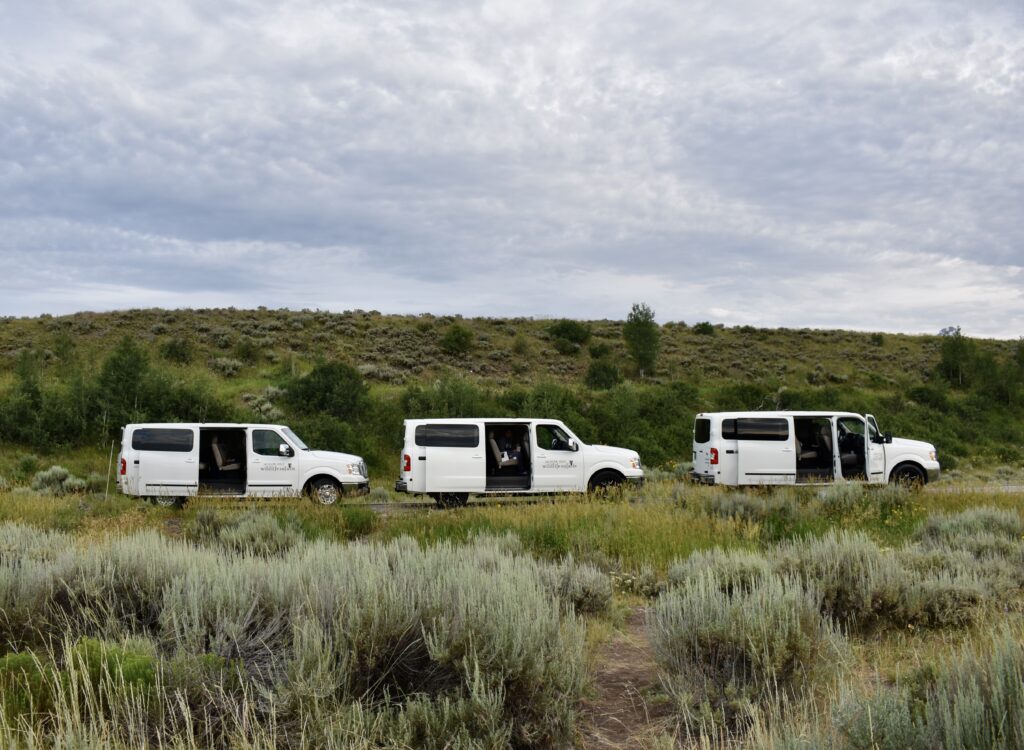
On the first morning of our trip, we took a wildlife tour (Jackson Hole Wildlife Safaris) where we came across moose, elk, pronghorn antelope, beavers, and bison (sadly missed out on the bears here). Our informative guide explained that the national park was established in 1929 and named after Grand Teton, the highest peak in the mountain range (~13,776 feet).
Even though we were only in the area for a few short days, we were able to explore some of the best spots in the area (thanks to the bride and groom’s suggestions!). Here are the top five thing we did on our trip:
1. Visit Schwabacher’s Landing for Sunrise
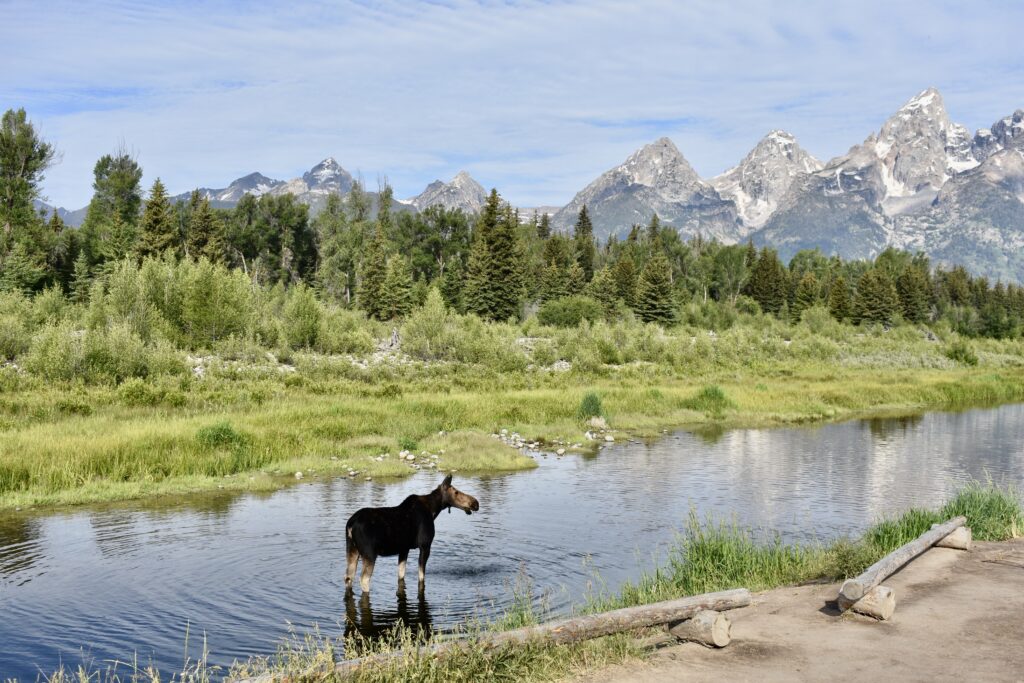
There’s a reason why I ranked this #1! Schwabacher’s Landing is one of the most stunning sunrise photography locations around the national park (#2 is just below). The riverside viewpoint alone at Schwabacher’s Landing shows just how picturesque the landscape is. We came across a flat basin-like area along a small section of the Snake River that opened up to show a riverbank lined with trees and an unobstructed view as far as Grand Teton mountain range.
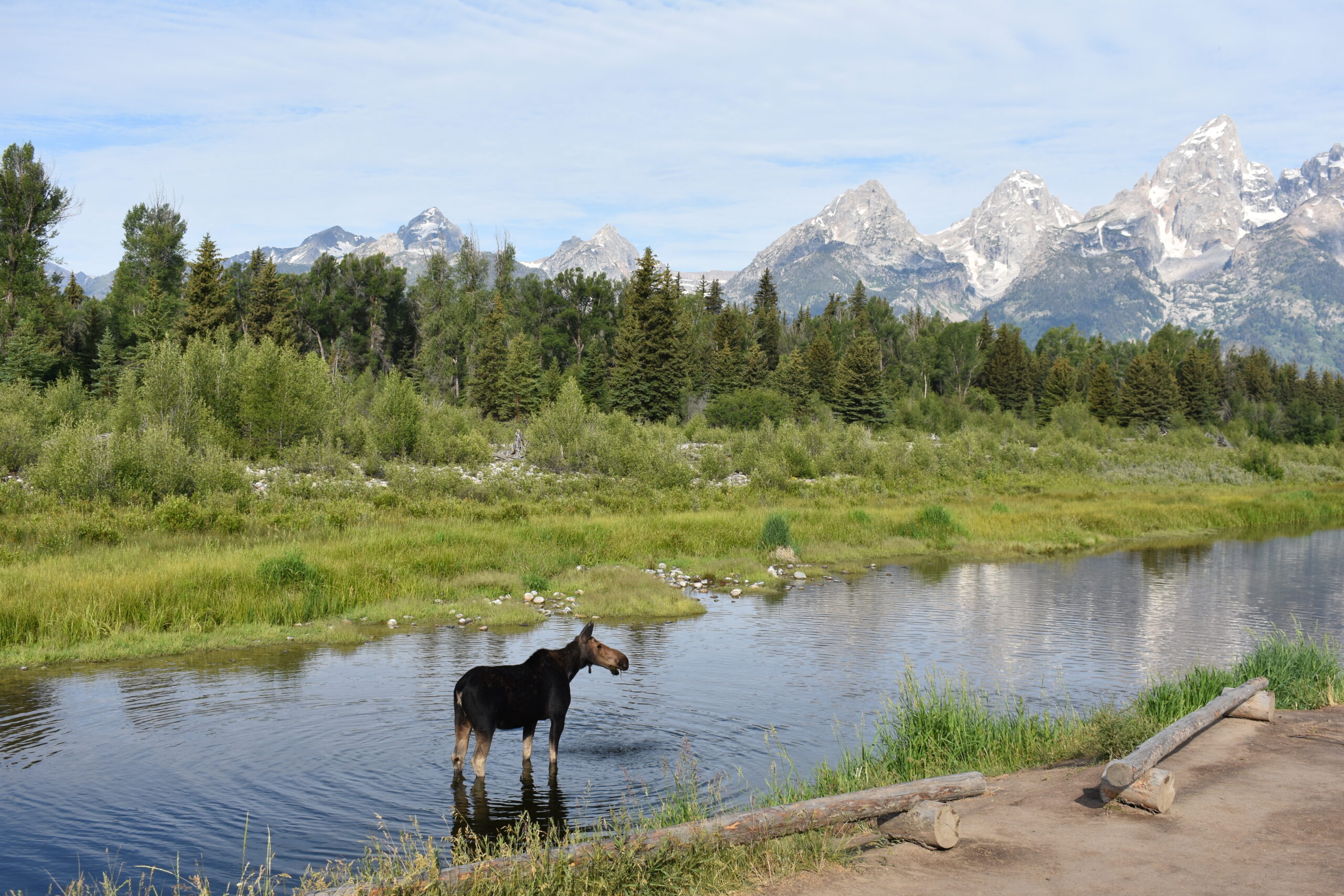
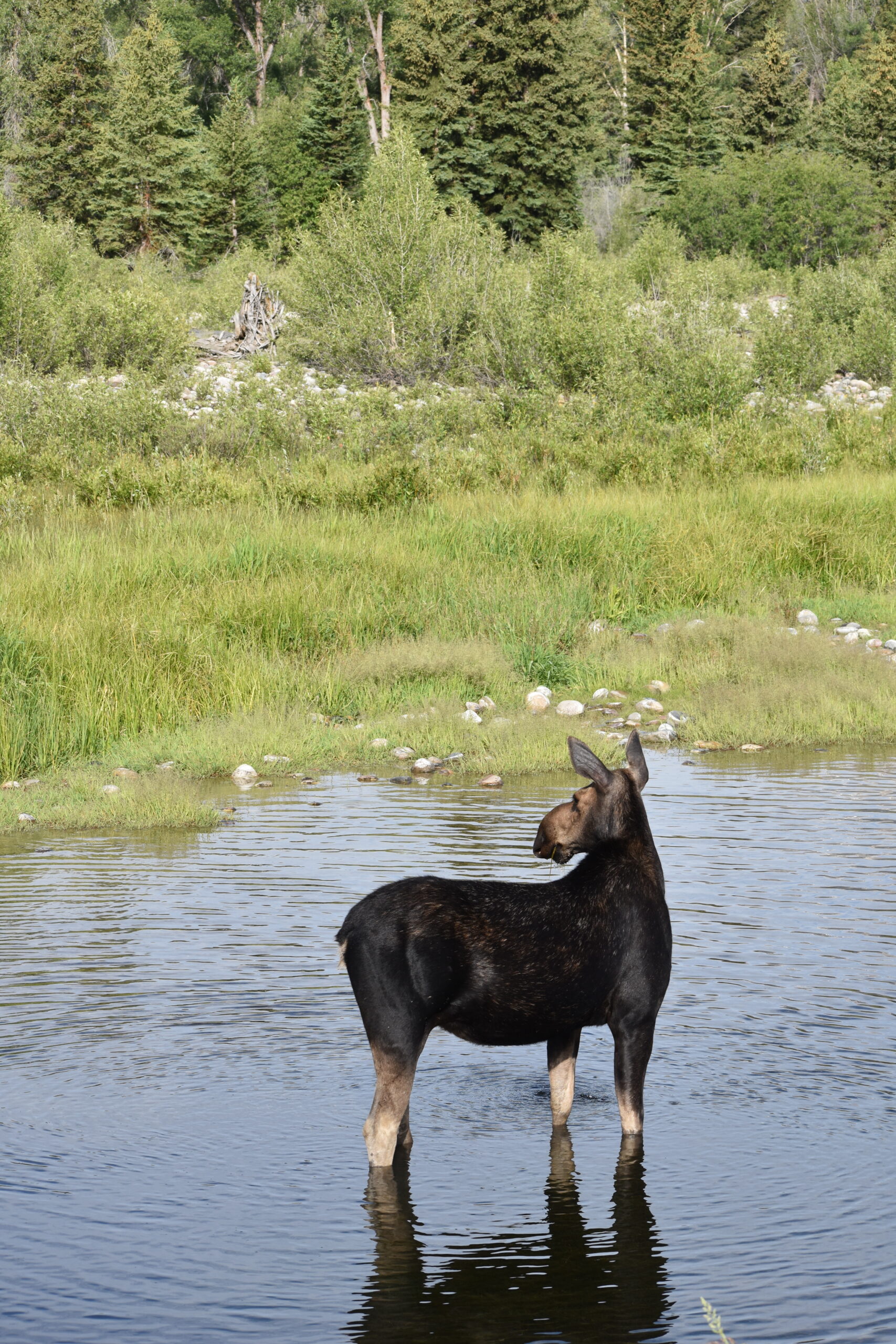
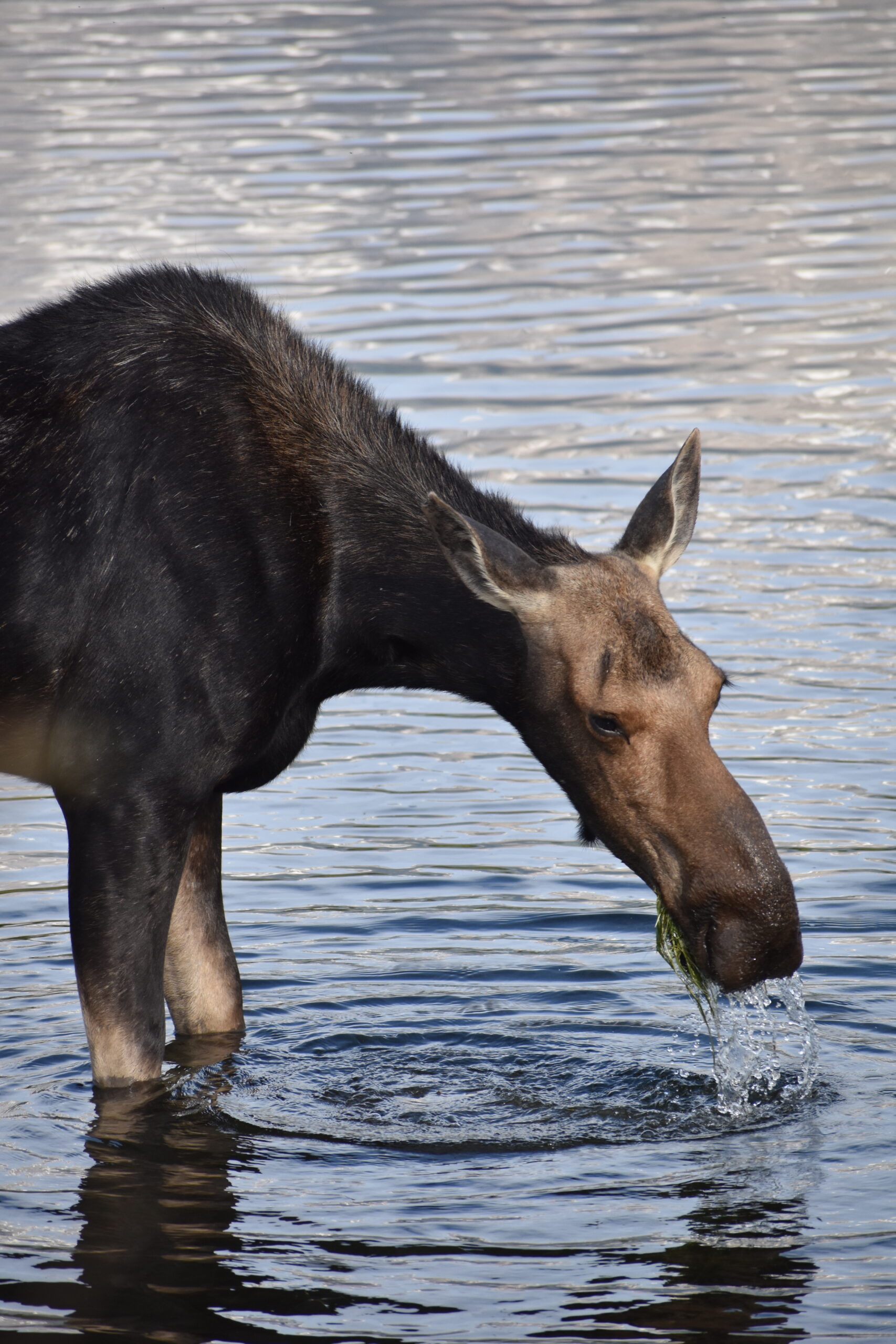
As you can already see from the photos, we stumbled upon a female moose (called a cow) grazing on the river’s algae. I couldn’t believe our luck! In the photos, you can see her looking back in the tall grass, where her calf was crouched behind the willows (however, we were unable to see him!).
It was interesting to learn how moose can dive five meters underwater to obtain aquatic vegetation, which makes up a majority of their diet. The portion of the river where we stopped wasn’t very deep, but it was still fun to watch her blow bubbles under the water’s surface when grabbing algae.
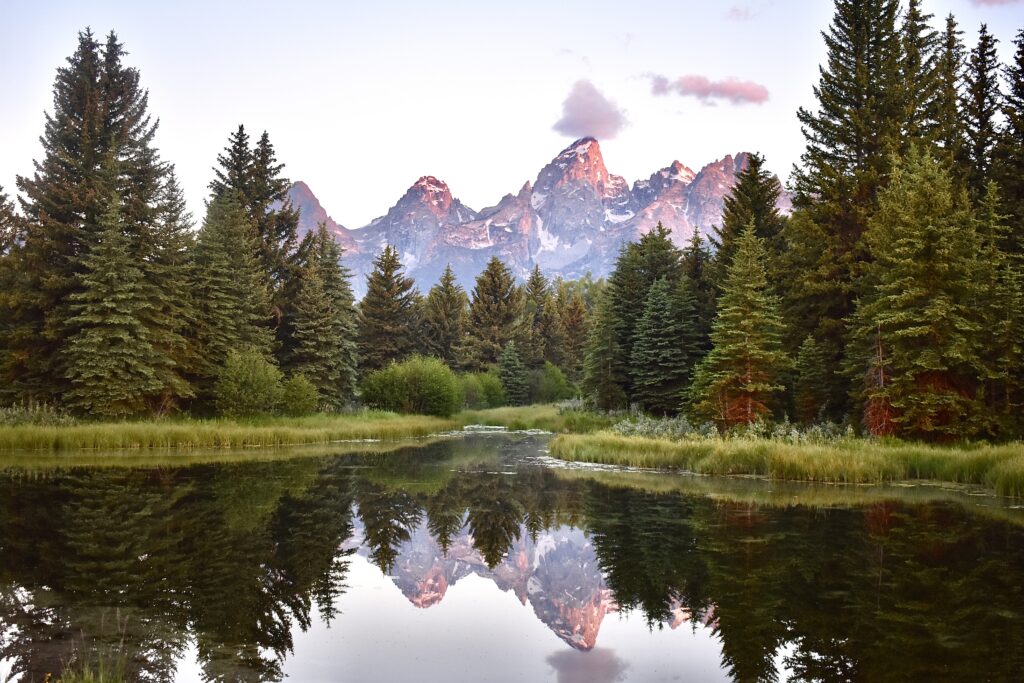
The next morning, we went back to the same spot for sunrise photos. I woke up super early (4:45 am) to make it there by sunrise (5:57 am) since we left from Jackson Hole and I needed to pack up my camera equipment!
During this trip to Schwabacher’s Landing, we walked 0.66-mile from the trailhead to a pond (Beaver Dam Sunrise) that was clear enough for us to capture the Grand Teton’s reflection. Once the sun peaked up enough, the mountain caps were illuminated by a beautiful red color, before quickly turning to yellow with the glow of the morning sun shinning on them.
Just as we were packing up our cameras, we heard from other hikers that the moose was back and grazing, but this time accompanied by her little one! I was so excited to see them out and captured one of my favorite photos from this trip! 110% worth getting up early!

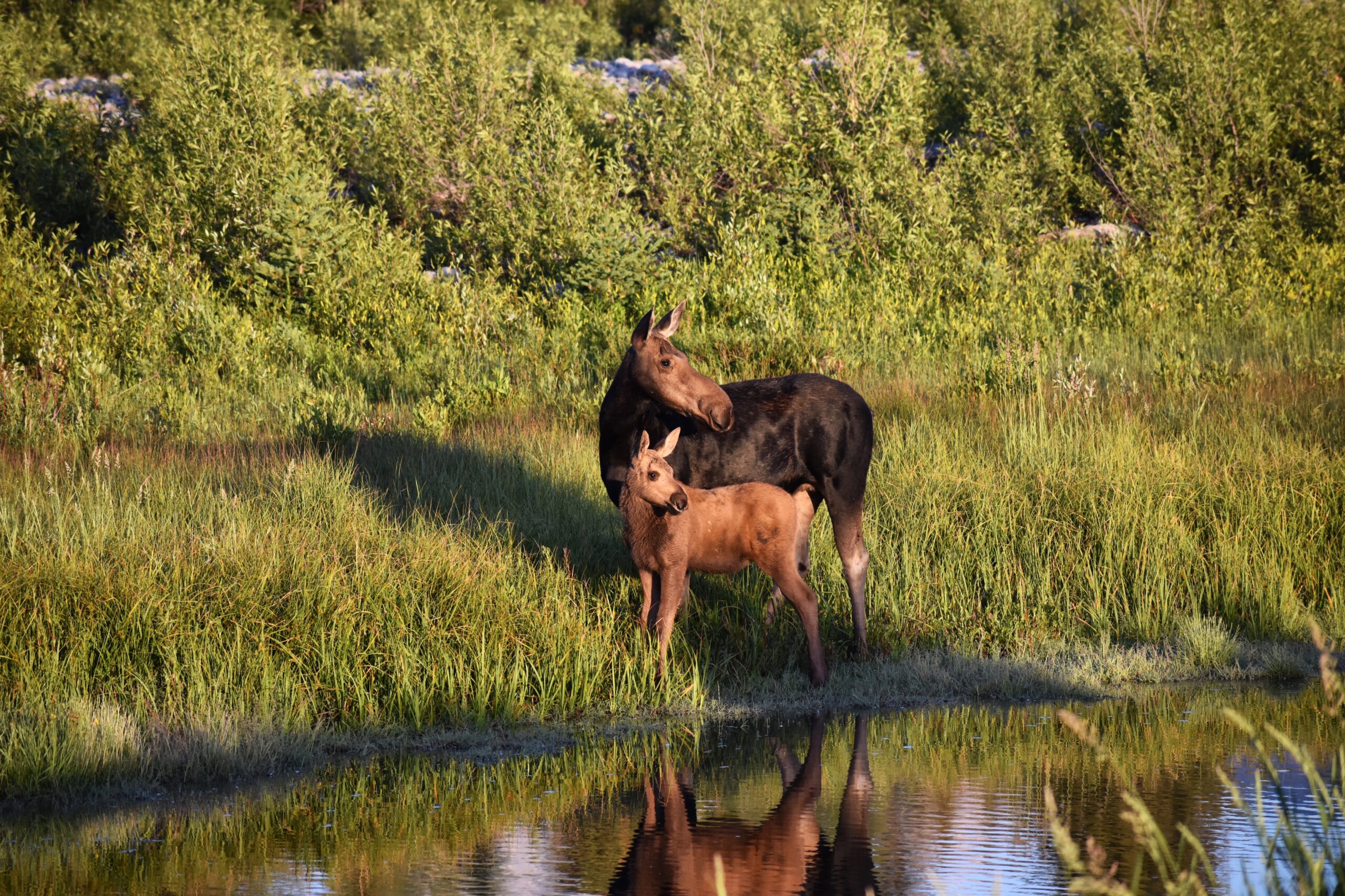
Directions to Schwabacher’s Landing: US-191, Moose, WY 83012 – located four miles north of Moose Junction on Highway 191 in Grand Teton National Park. At the junction, turn west on Schwabacher’s Road and drive ~one mile to the end of the gravel road where you’ll find a rather large parking area. It took us about 14 minutes to drive from downtown Jackson Hole, Wyoming.
2. Stop by Mormon Row Historic District
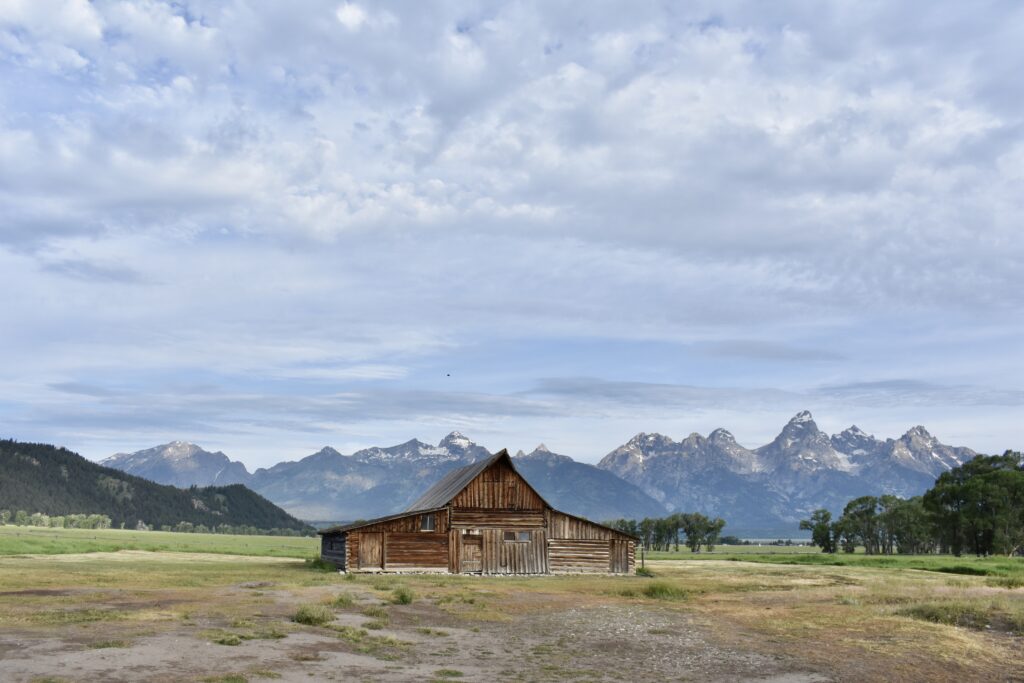
We stopped at Mormon Row Historic District, which was located 5.8-miles (13 minutes) from Schwabacher’s Landing. Due to its historic relevance and stunning beauty, Mormon Row Historic District is another popular spot frequented by visitors and photographers.
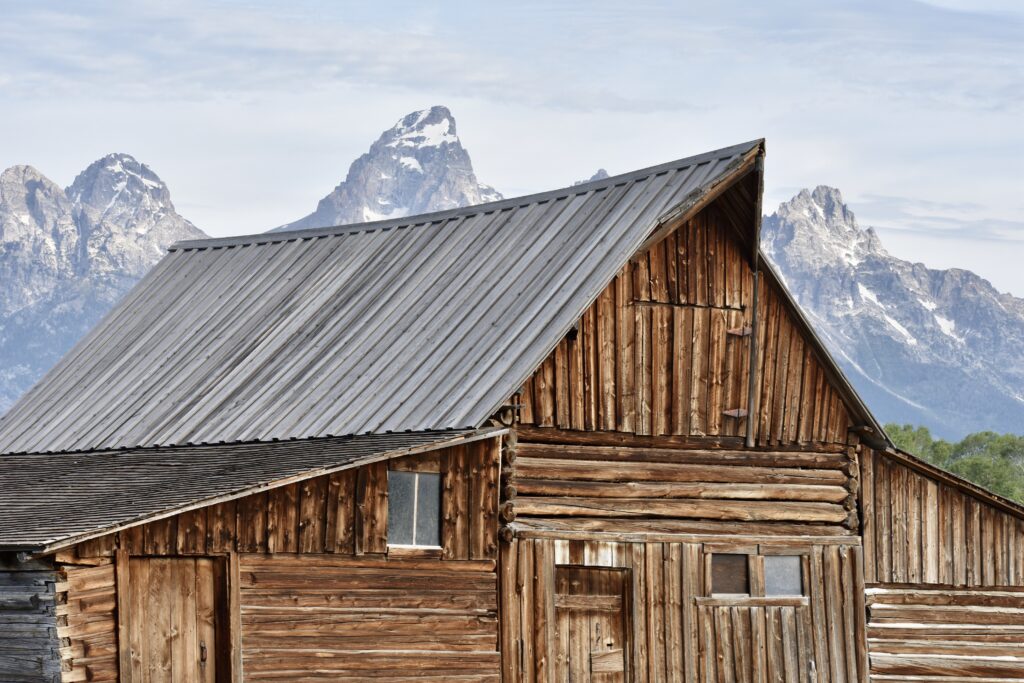
In the 1890s, as a direct result of westward expansion from the Homestead Act of 1862, Mormon settlers moved to the area and built rustic looking farms, barns and houses. The Historic District is a part of the National Register of Historic Places, and is one of the country’s best representations of an early 1900s western farming community.
You can see how the dramatic mountains rising up in the background and the old homestead makes for some stunning photos. The Historic District is also a great spot to view wildlife. Antelope, moose, coyotes, bison and bears are known to frequent the area. We had to watch our step around the barn, as the ground squirrels were digging holes everywhere (they’re so cute!).
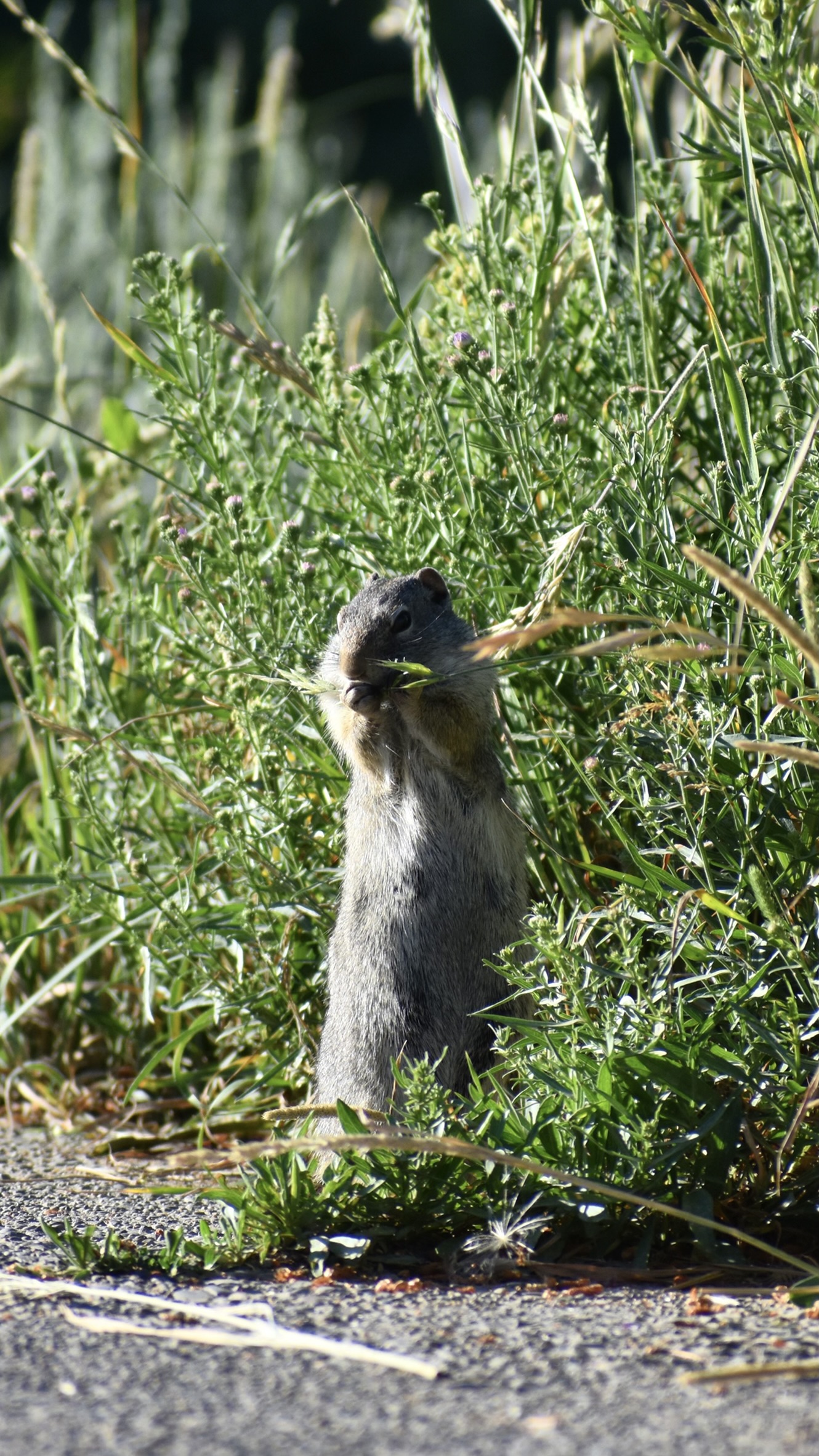
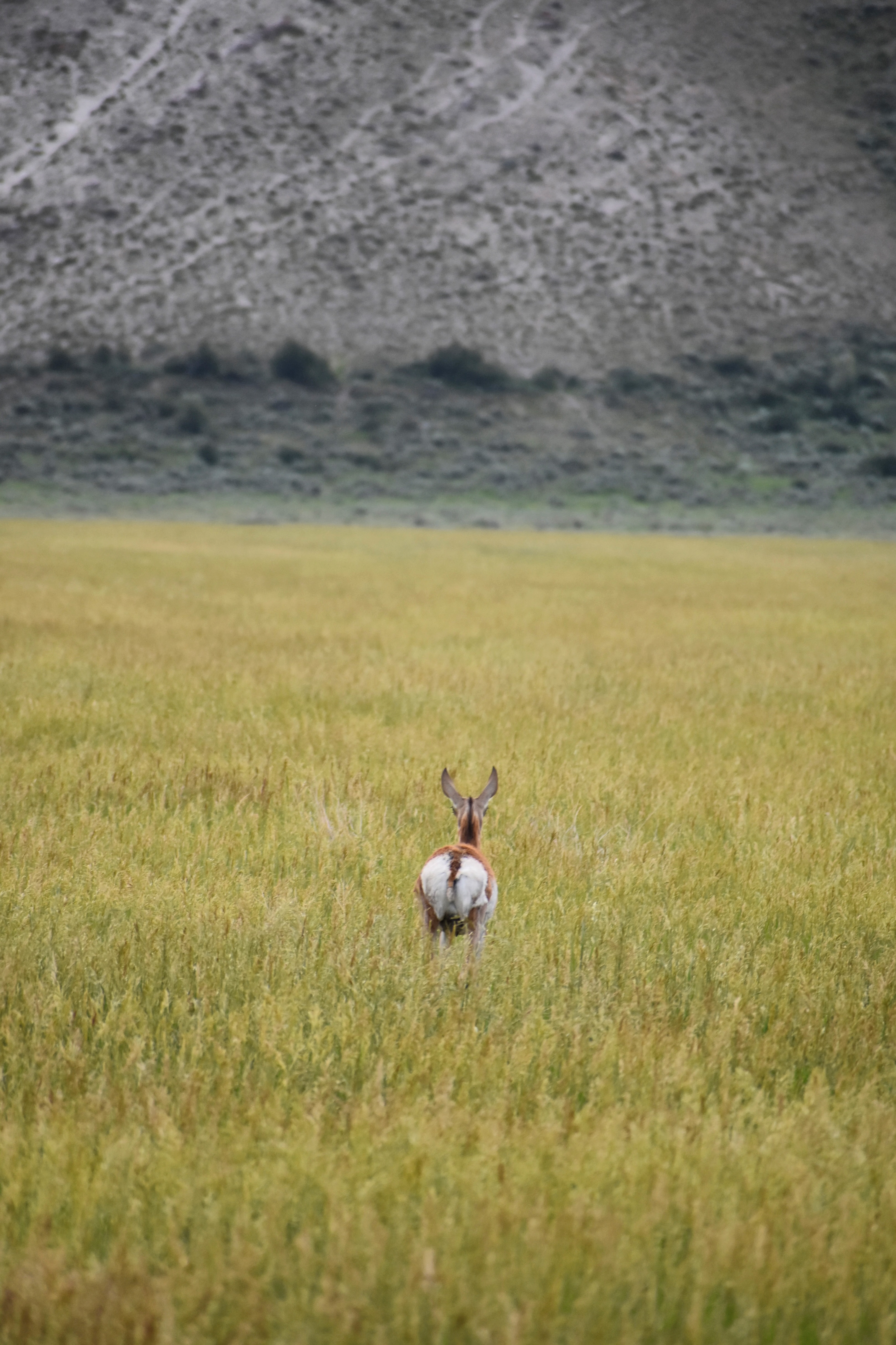
Note: If you have multiple mornings to spend in the area, you should plan to come here for a sunrise photo, too!
3. Hike around the Grand Tetons
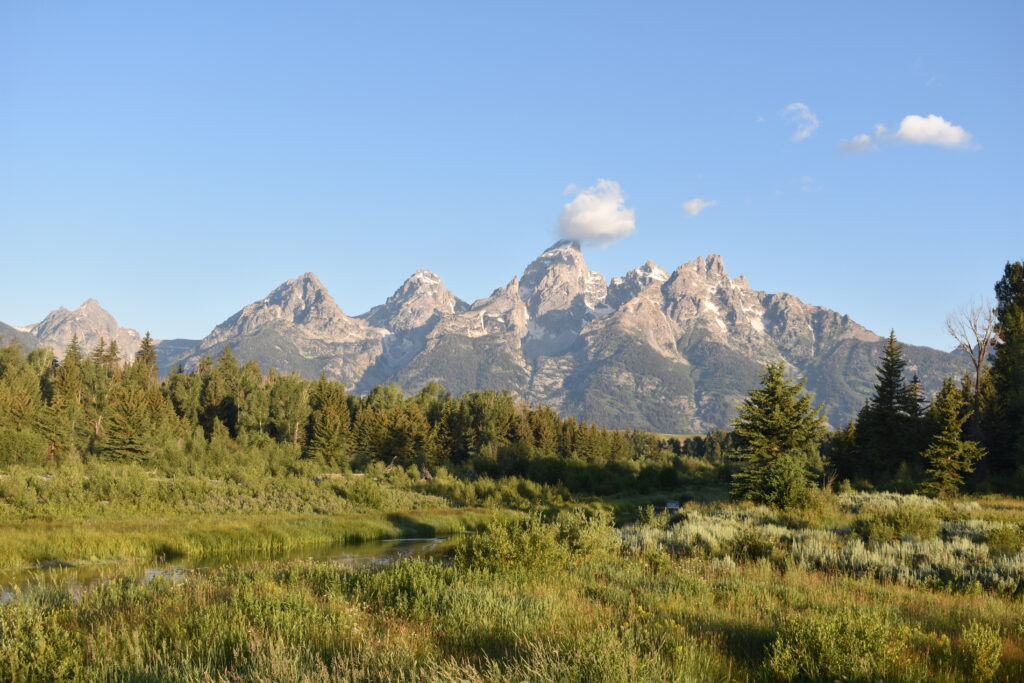
The park has several hiking trails that I wish we had more time to discover. Popular spots include: Cascade Canyon Trail (9.91-miles), Delta Lake via Lupine Meadows Access (7.4-miles), Taggart Lake Loop (3.8-miles) and Jenny Lake Trail (7.9-miles). Refer to the map below.
Some ambitious and experienced individuals even seek out the tallest, snow-covered peak, Grand Teton, to climb (ropes are required to reach the top!). At 13,776 feet, you can see why they sell oxygen boosts in the grocery stores! As an overview of the journey, you’re looking at 12-miles roundtrip with a 40lb sack on your back. Realistically, the average time to hike is 6-8 hours, although some guided hikes could take 5 days! Fun fact: the fastest known time from parking lot to top was 2 hours and 53 minutes by Kilian Jornet!
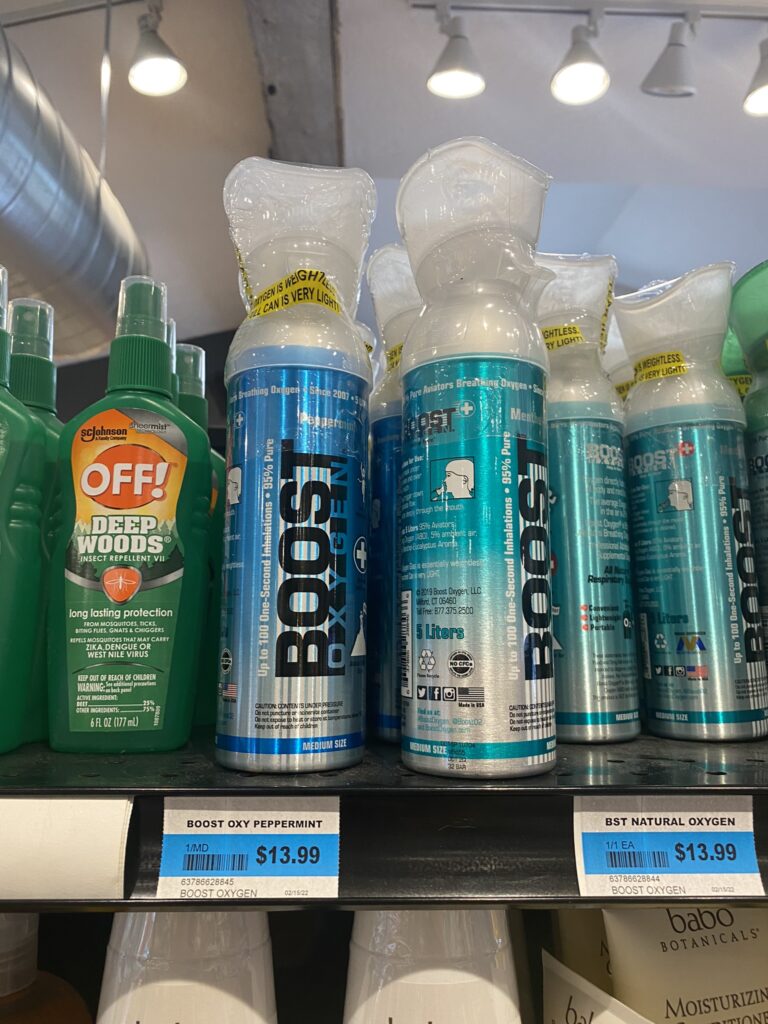
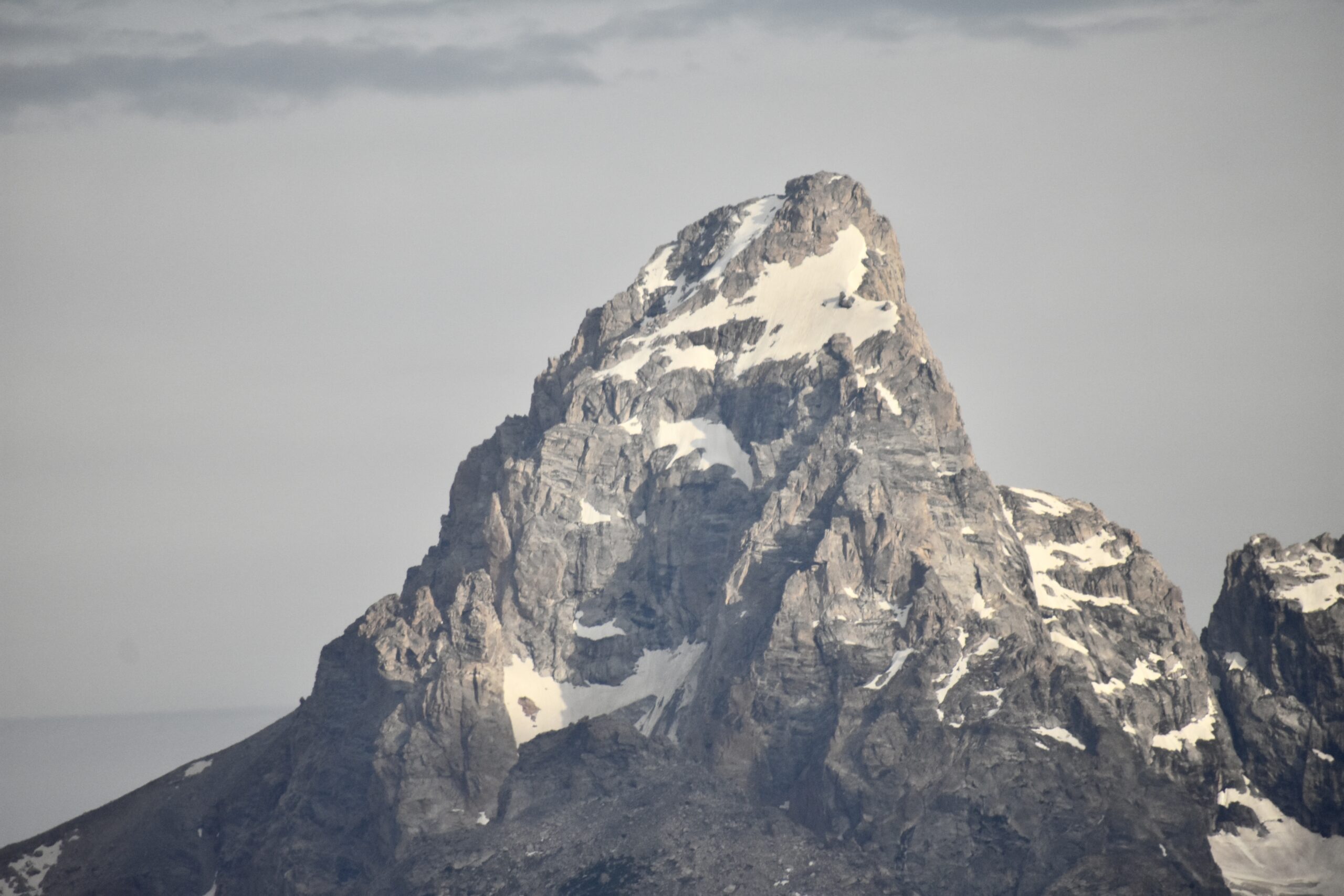
Hundreds of inches of snow cover the Grand Teton National Park each winter (although this has been decreasing over the years). Despite the summer heat, some snow remains behind in shaded areas. Year after year, the snow accumulates, compacting the snow and forming a glacier (which you can see here even in July!).
Please note: If you visit during the busiest season, you should plan on hiking early to avoid parking conflicts or crowds! You’d hate to find yourself in a line in such a beautiful area!
4. Raft on the Snake River
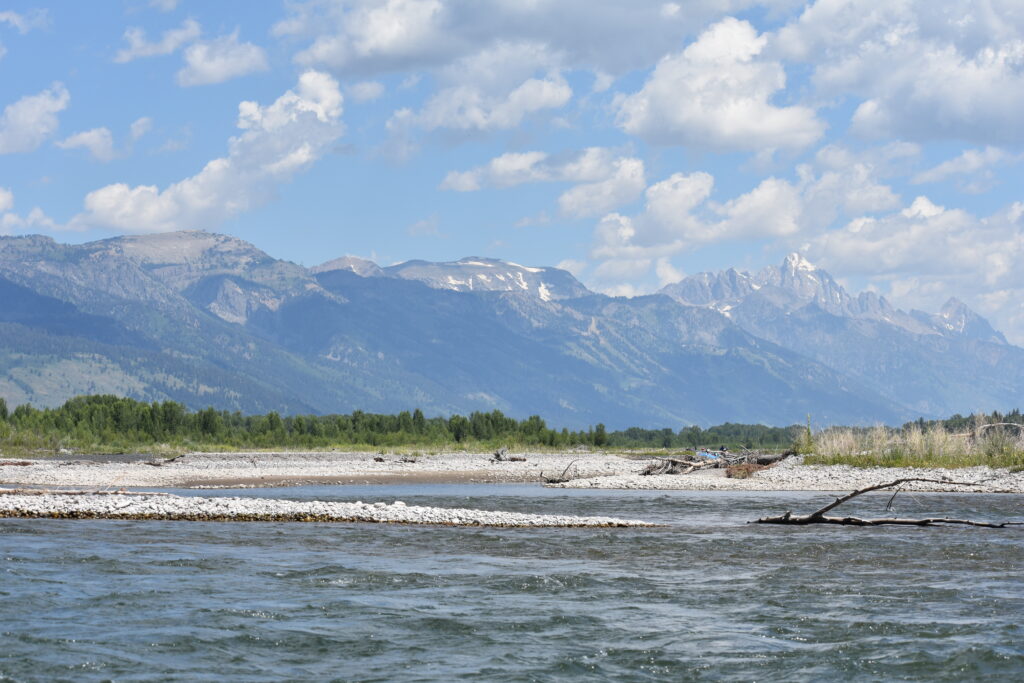
We went rafting on the Snake River through Grand Teton National Park with Dave Hansen Whitewater and Scenic River Trips. While the river has whitewater portions, we opted for the calm, scenic tour (so we could bring our cameras!). In total, we cruised 13-miles (~3 hours) through the Snake River Range and the Gros Ventre Range, and viewed the magnificent Tetons along the way.
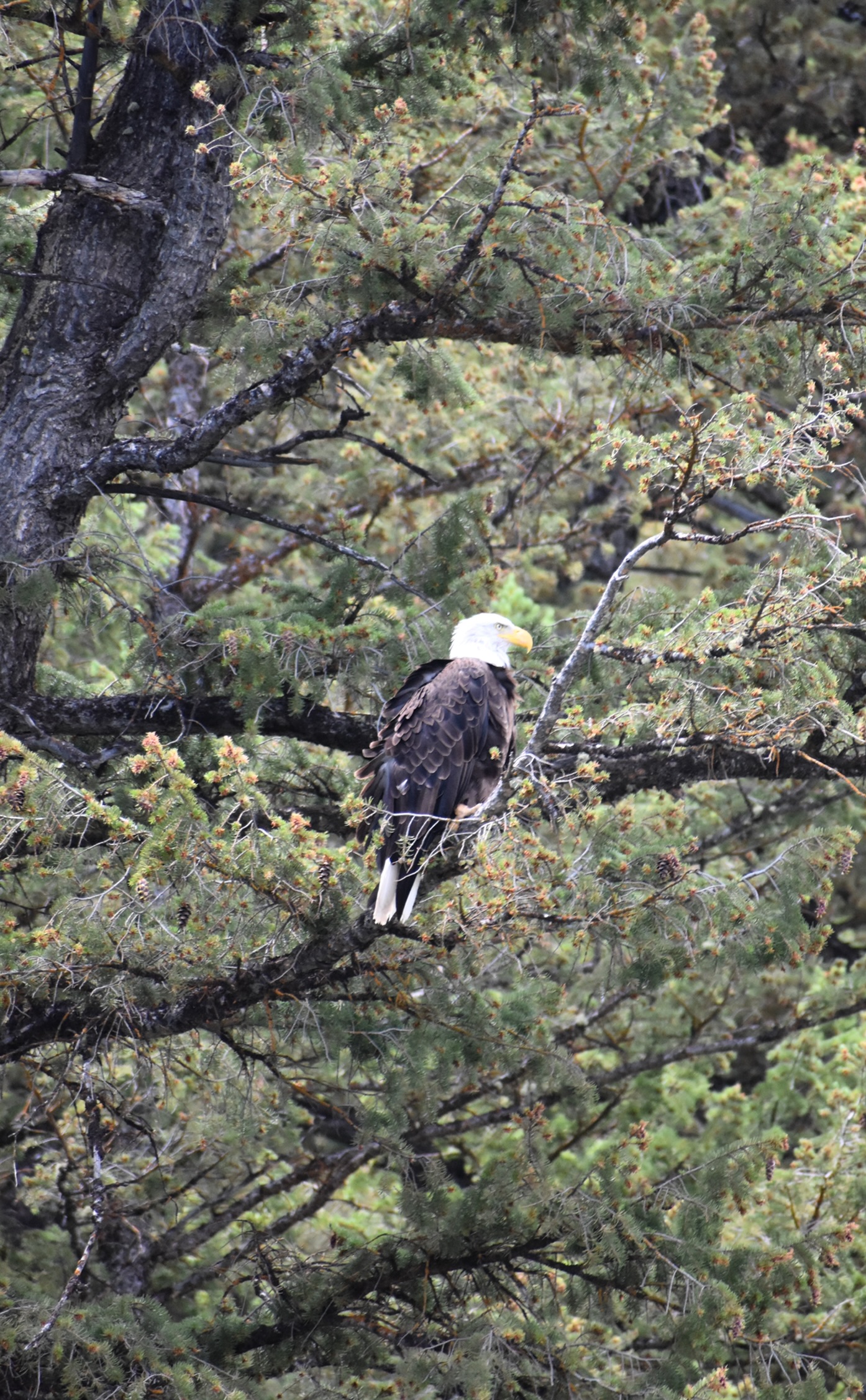
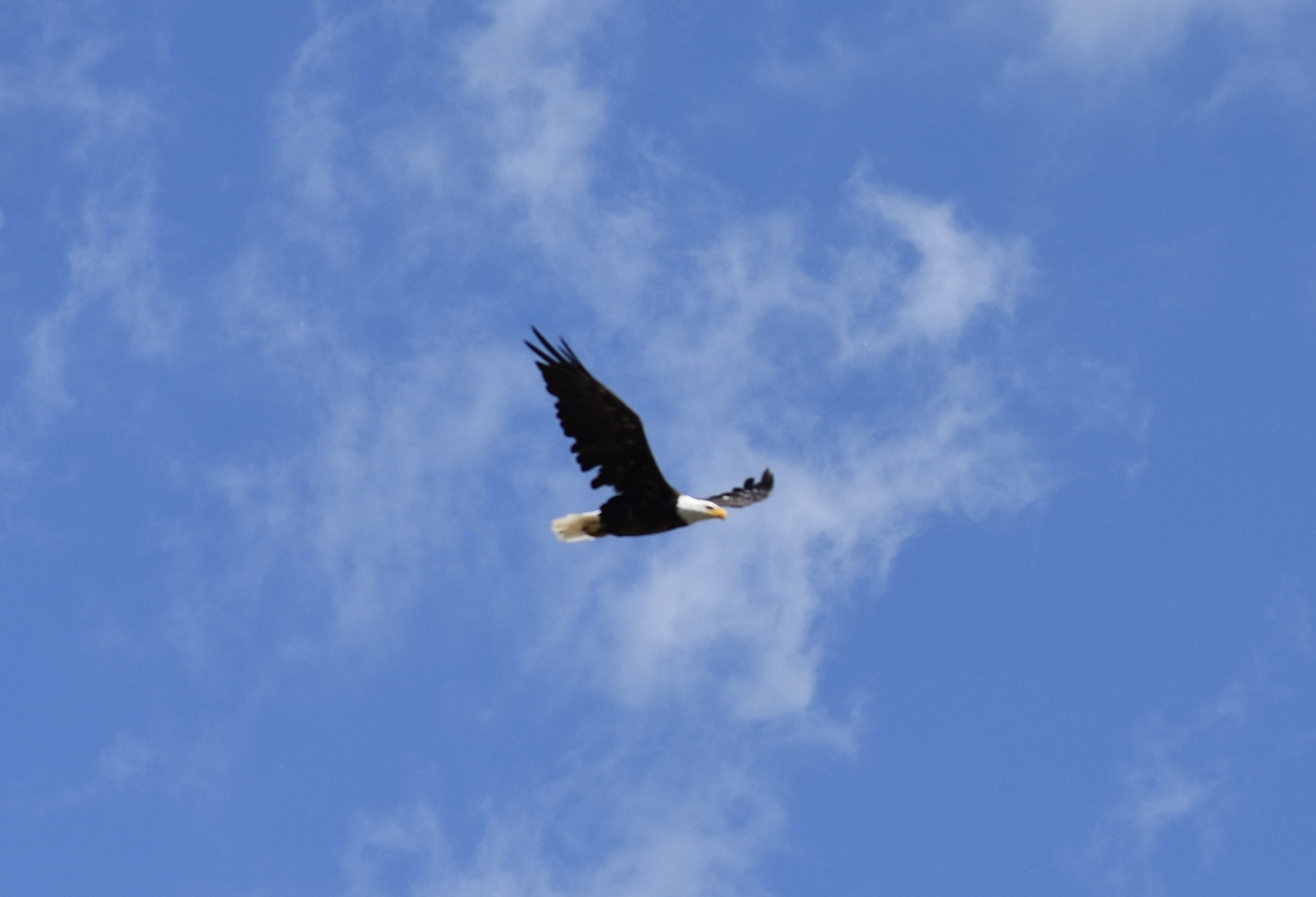
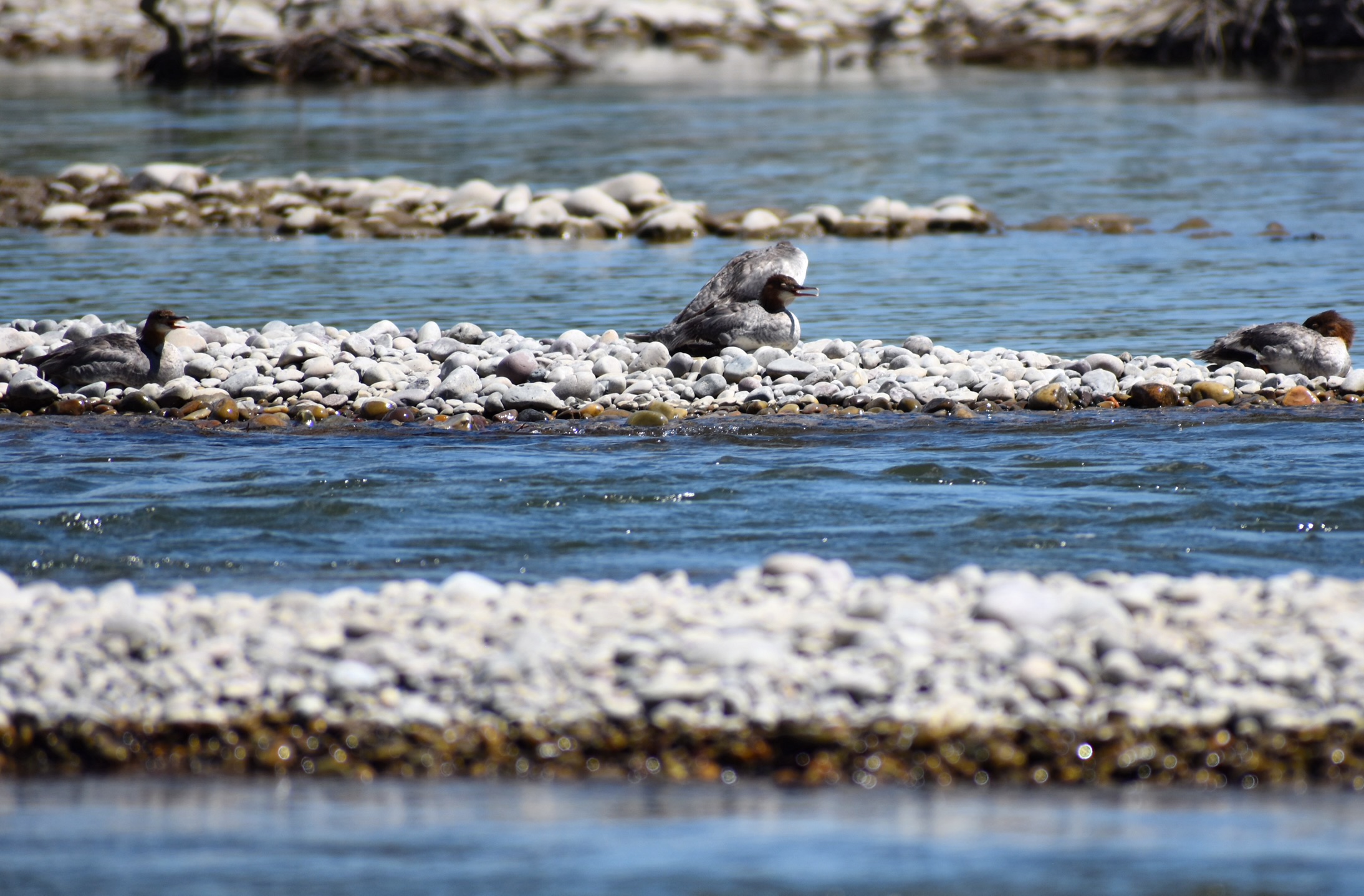
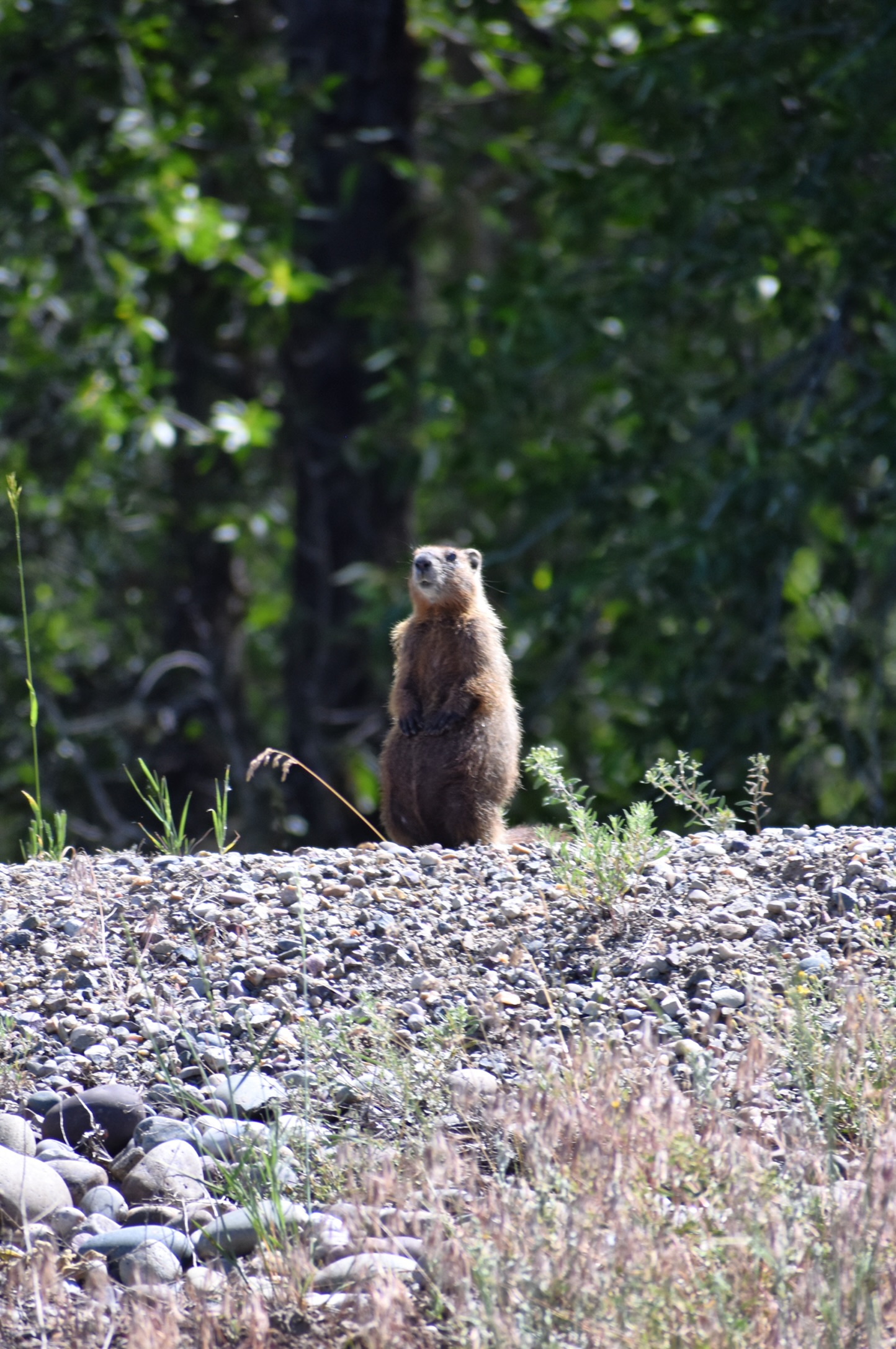
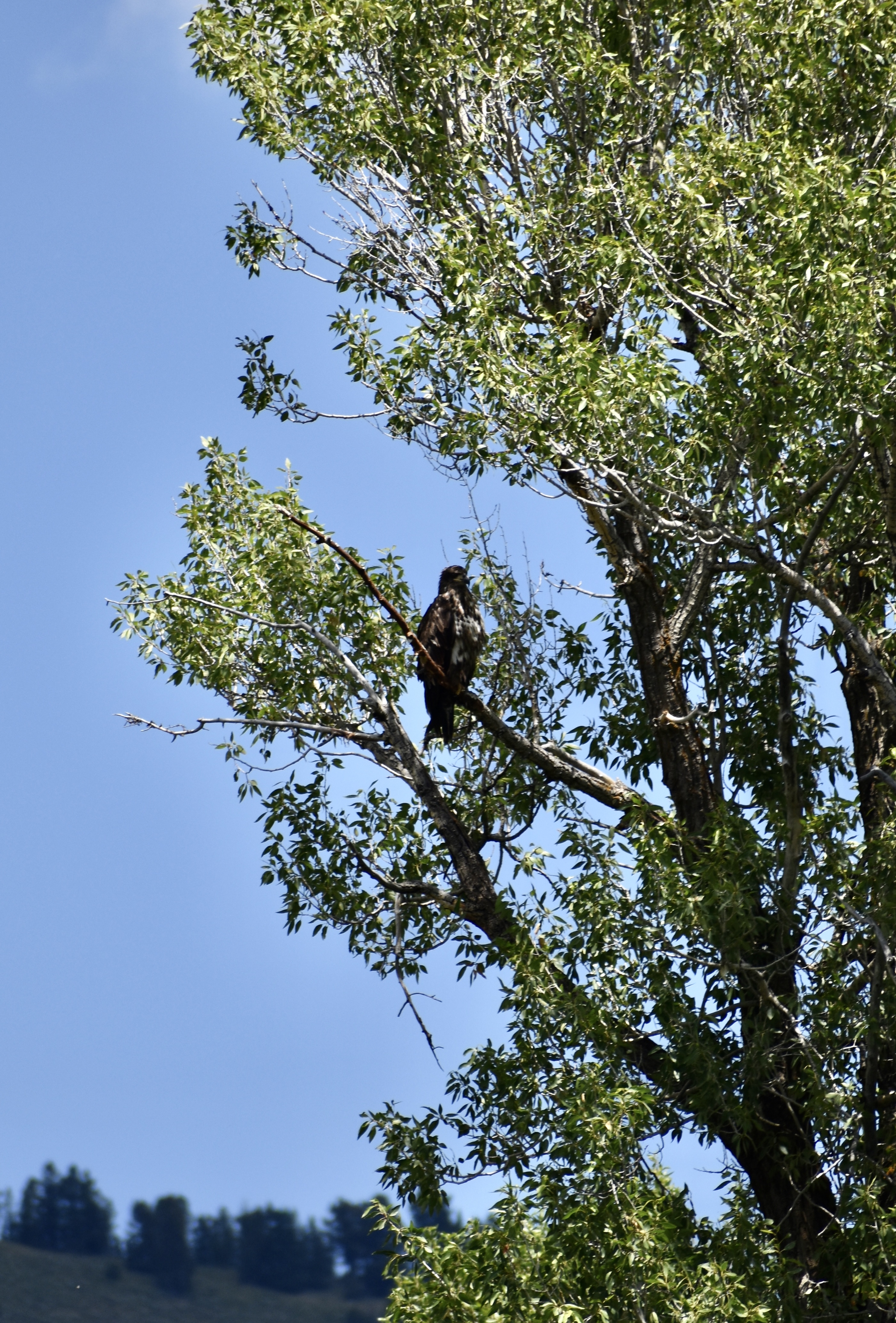

Vlad Dandu, our rafting guide, was awesome and extremely informative on the wildlife and history of the area. He helped us spot 13 bald eagles, 1 golden eagle, beaver dams, marmots, herons, osprey, ducks, and even a few houses of the rich and famous (e.g., Sandra Bullock, Harrison Ford, Tiger Woods and Kanye). It was incredible and very relaxing!
5. Explore Jenny Lake
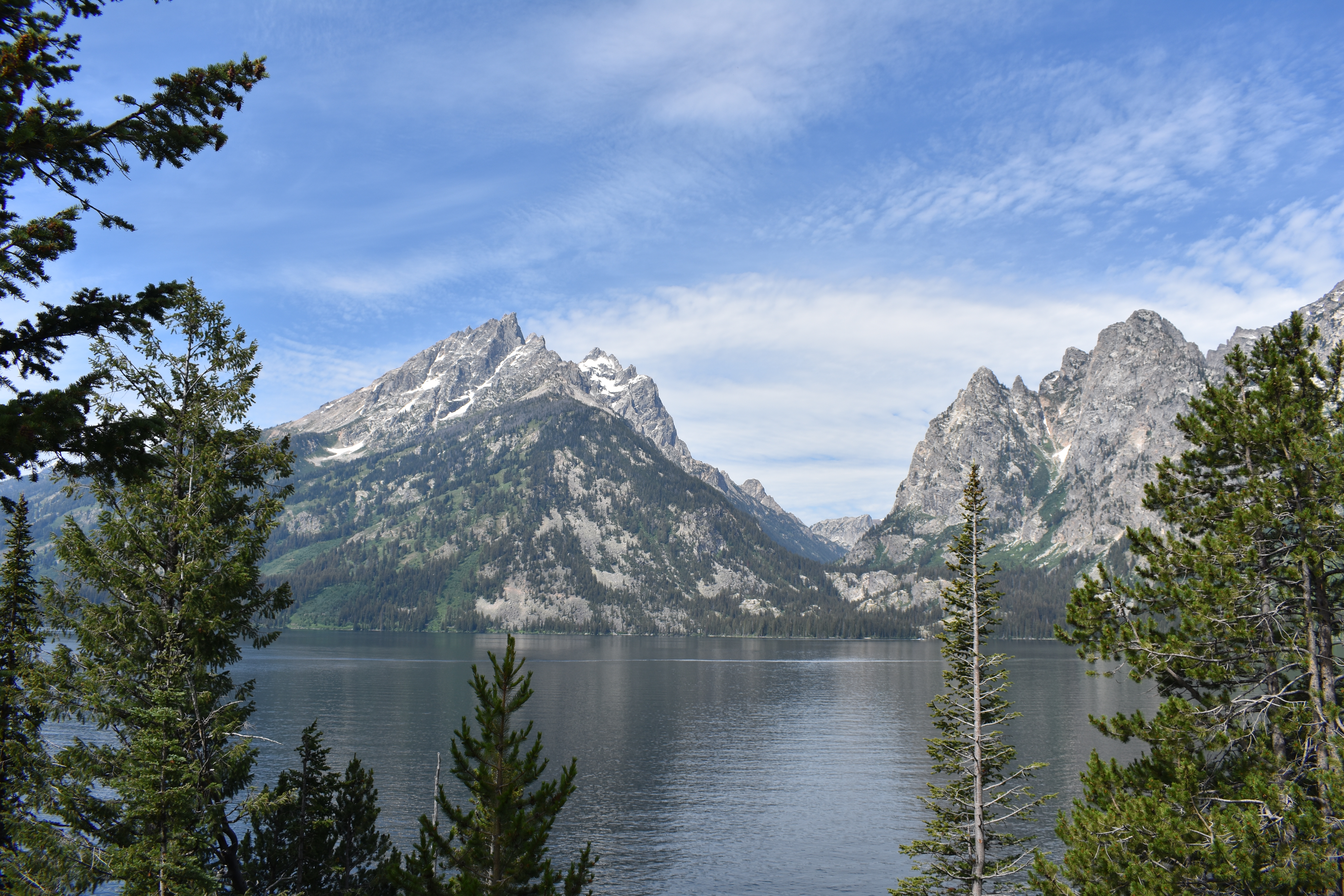
We made a stop here on our wildlife tour, and it did not disappoint! Jenny Lake, formed by slow-moving glaciers 1,000 years ago, is nestled at the foot of these remarkable mountain ranges: Teewinot Mountain, Mount St. John and Cascade Canyon. The Lake provides opportunities to hike, swim, bike, kayak and camp! A few popular hikes include Hidden Falls (4.9-miles and has a waterfall) and Inspiration Point (2.2-miles). For longer hikes, one can access Lake Solitude or Hurricane Pass (by Cascade Canyon) through Jenny Lake.
Please note: parking is limited! There is an area to park along the road, but you’ll want to be early to avoid the hiking crowds.
Honorable Mentions:
1. Visit Jackson Hole!
We stayed in Jackson Hole, also called ‘The Last of the Old West,’ for our family friend’s wedding. The small town has a lot of western charm and is very walkable. We had fun exploring the farmer’s market, popping into stores in the hunt for a cowboy hat, and dining on the fantastic cuisine (lots of game meat around here!). Check out what we did here.
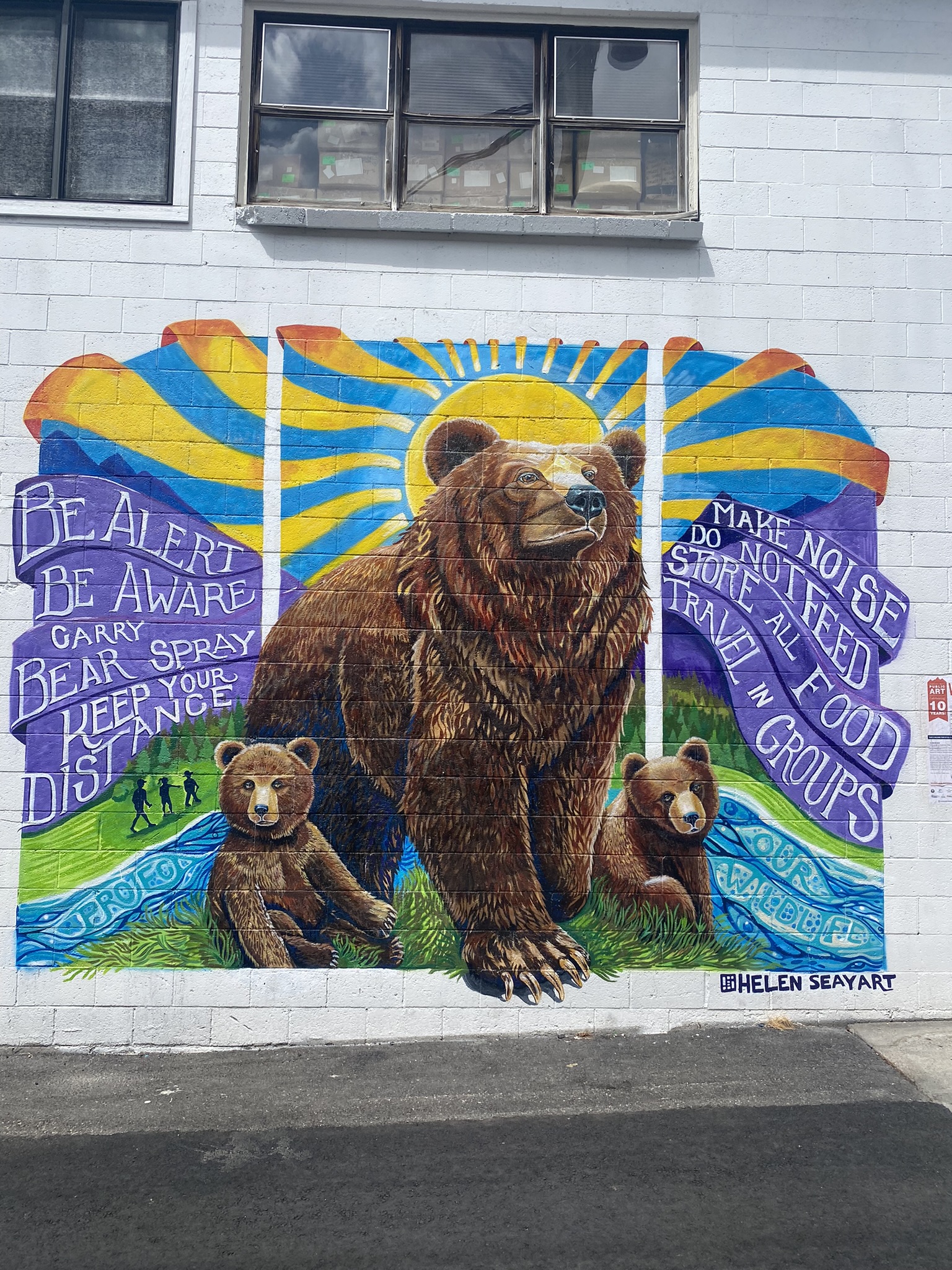
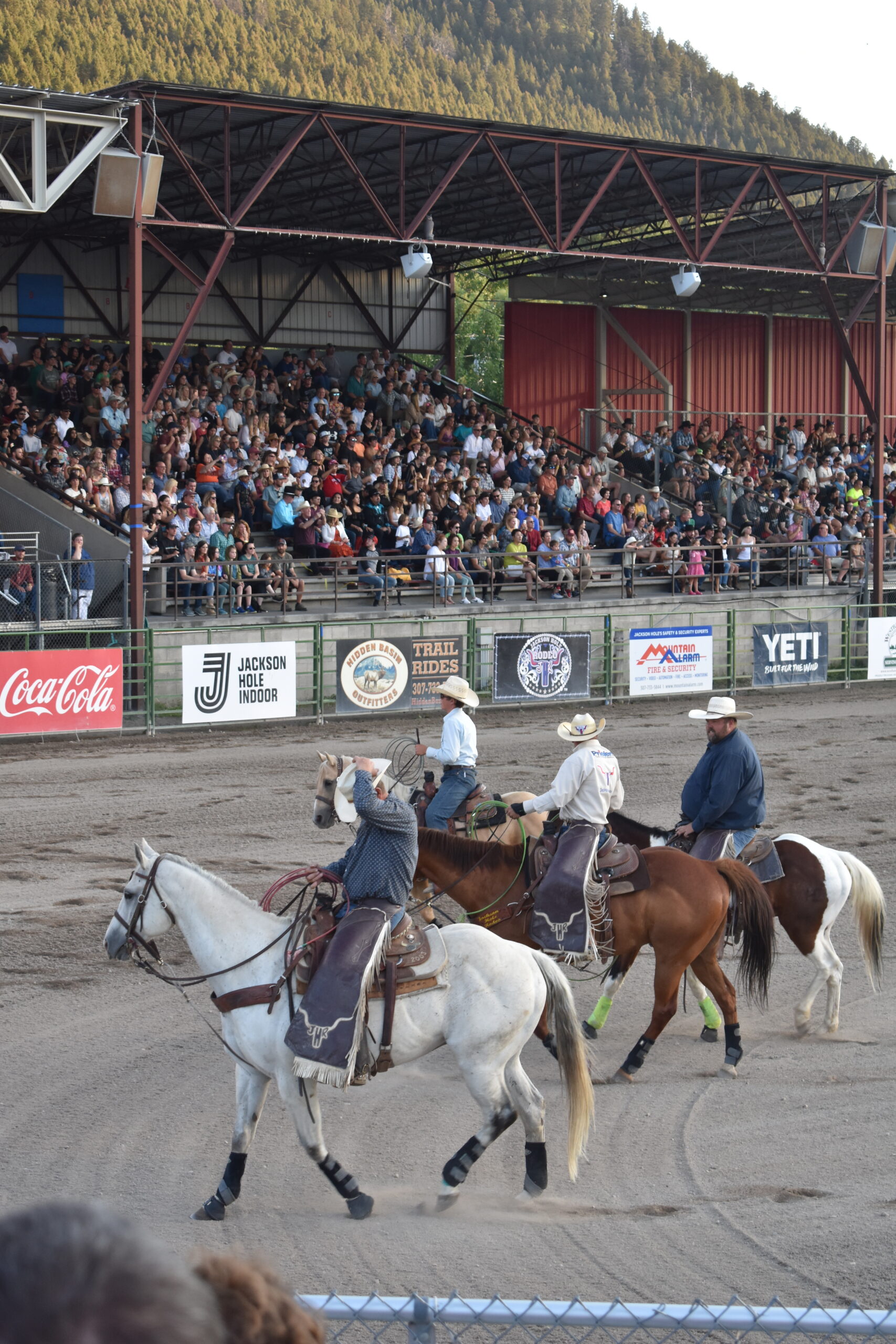
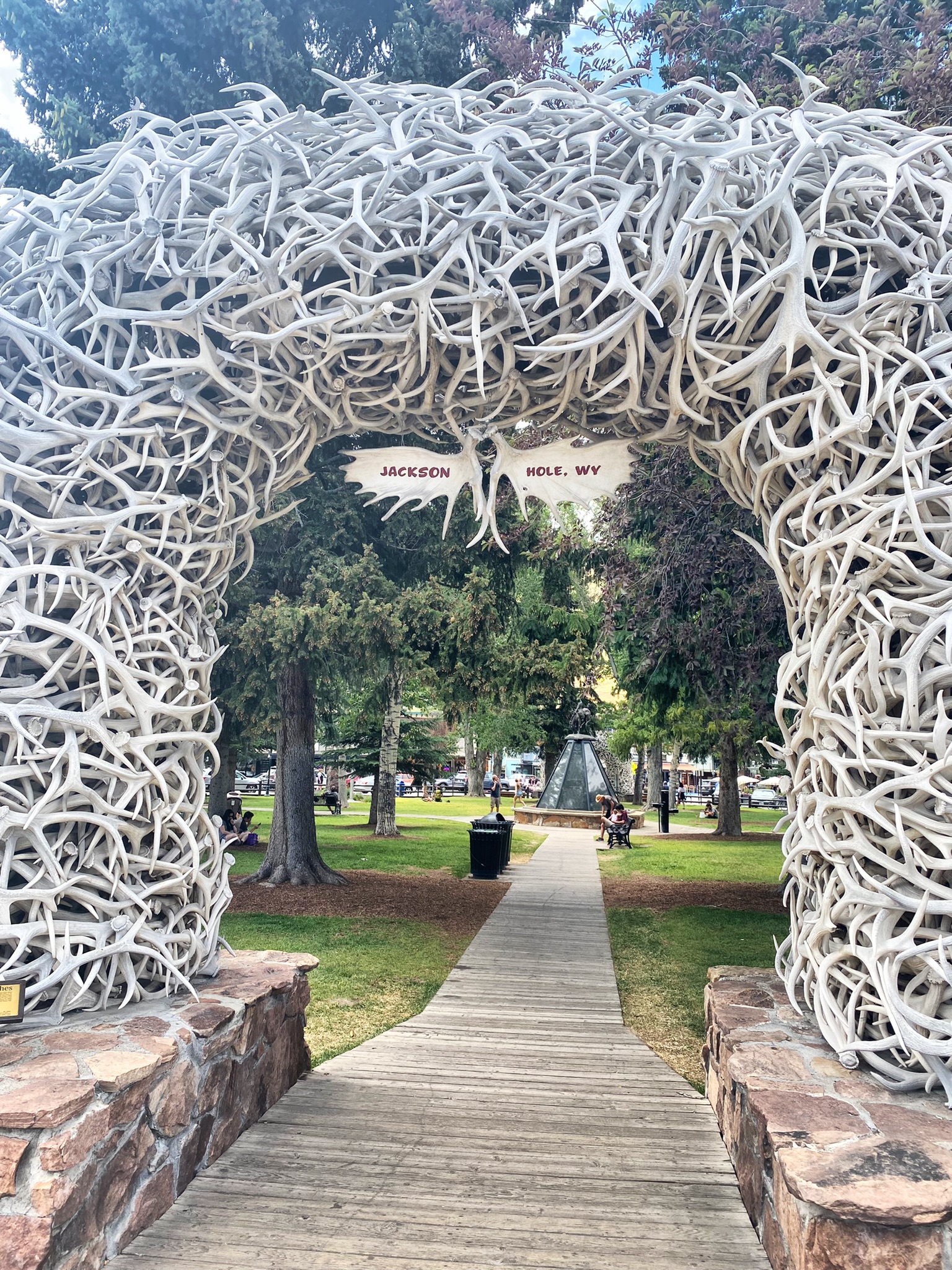
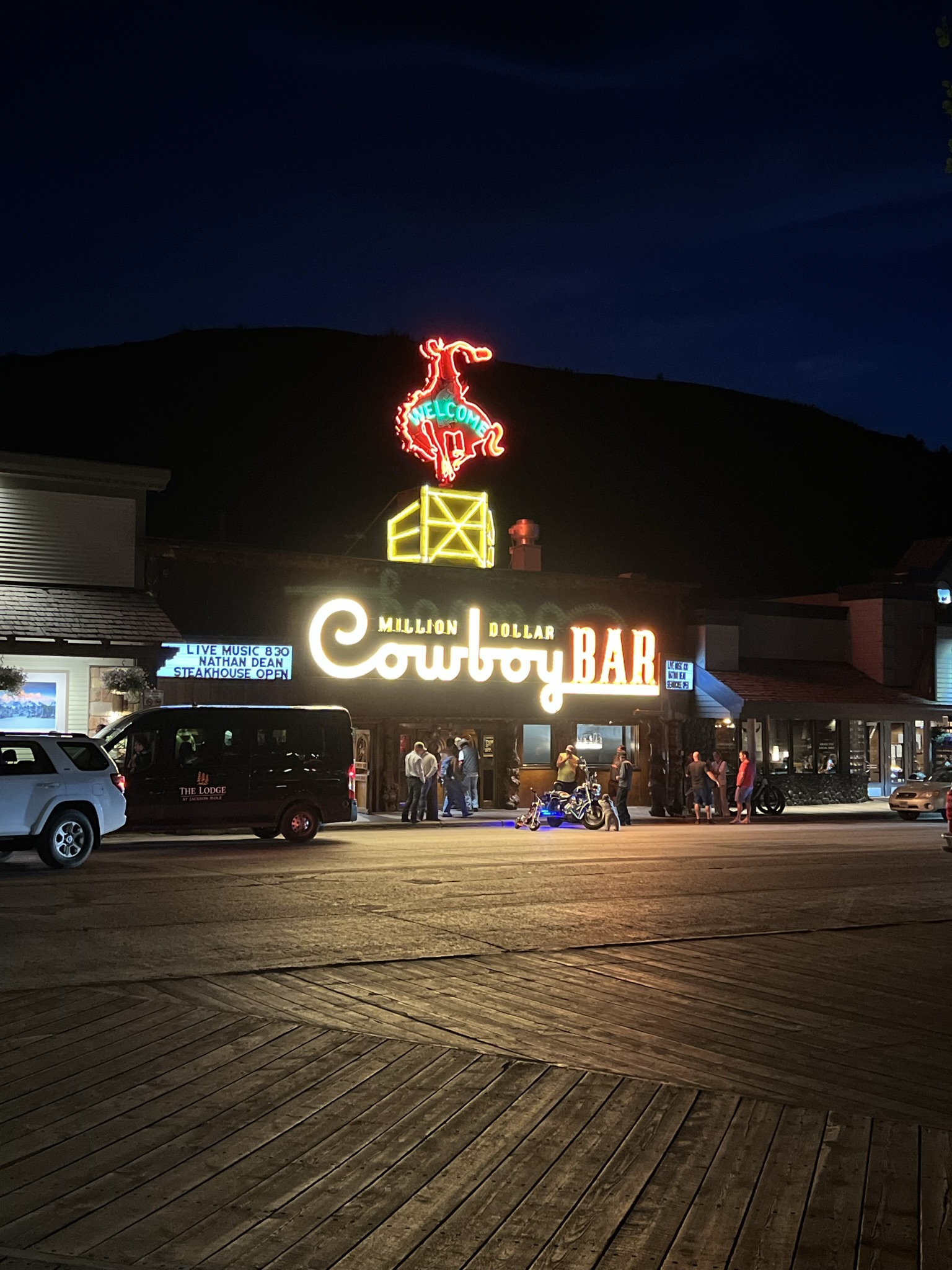
2. Drive from Jackson Hole to Yellowstone National Park
The drive from Jackson Hole to Yellowstone National Park was breathtaking! There were incredible views and a ton of wildlife roaming about (we literally saw bison leap over a low fence and cross the road). This drive passes along the giant Teton Mountains, Jackson Lake, Jenny Lake, and the National Elk Refuge.
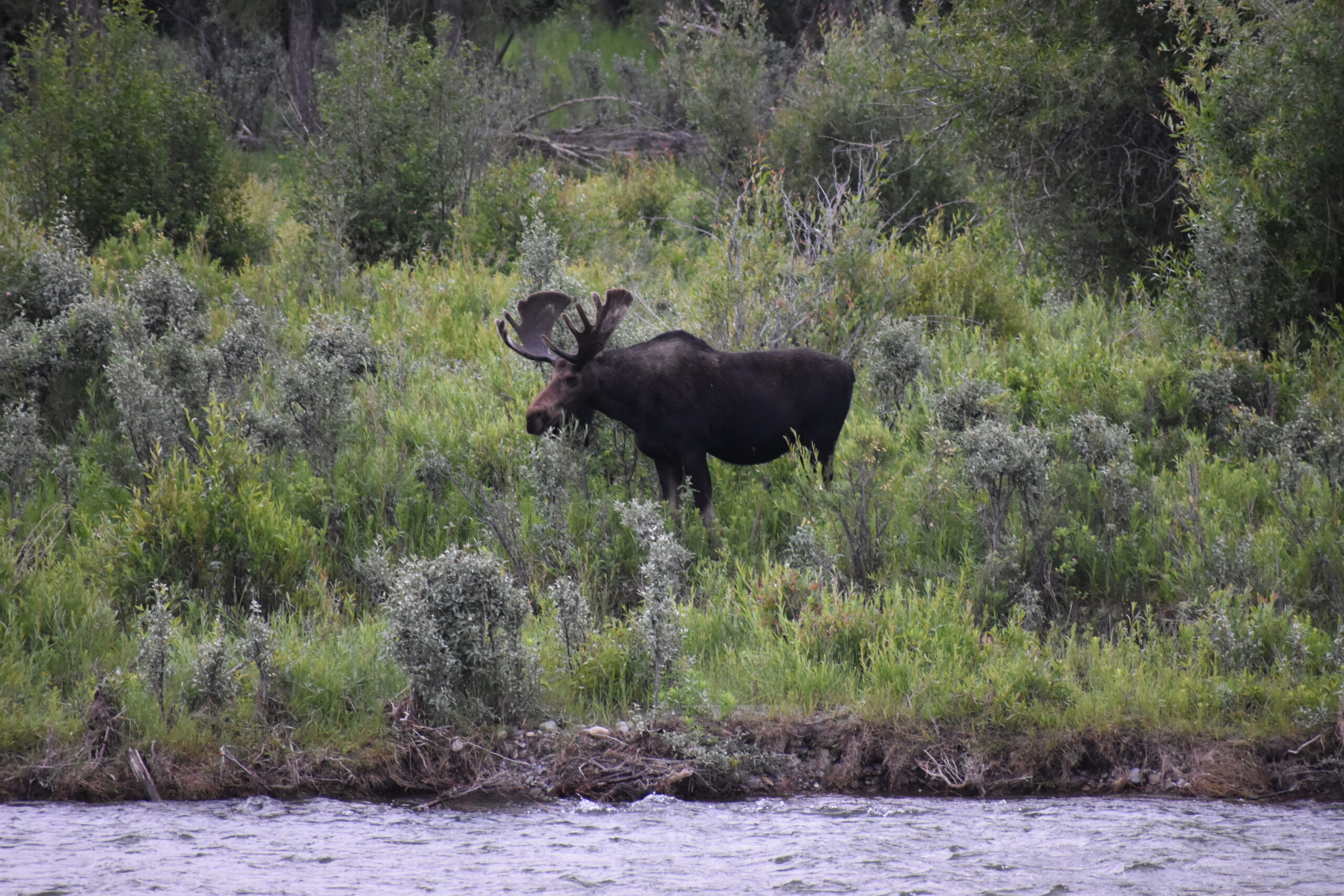
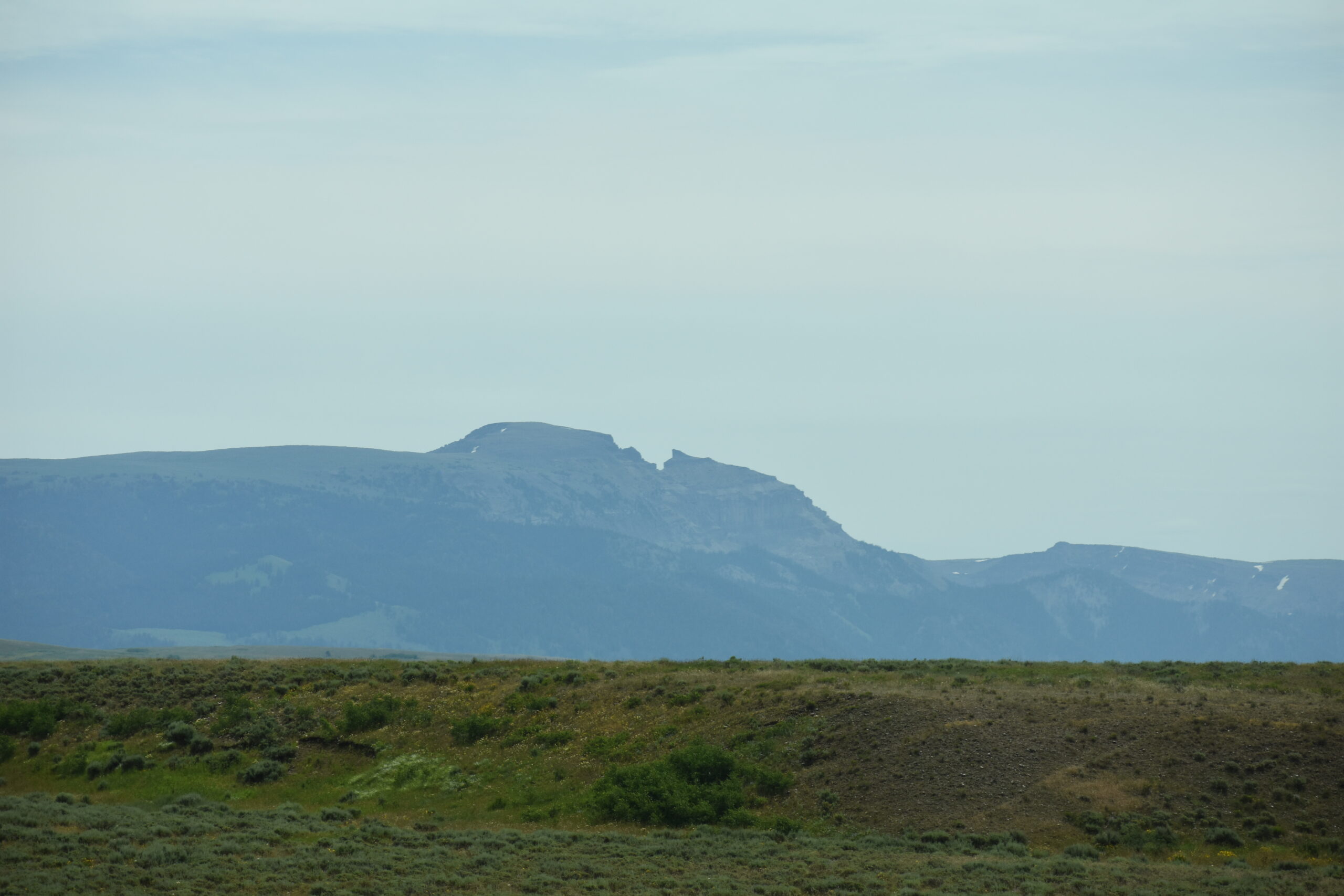
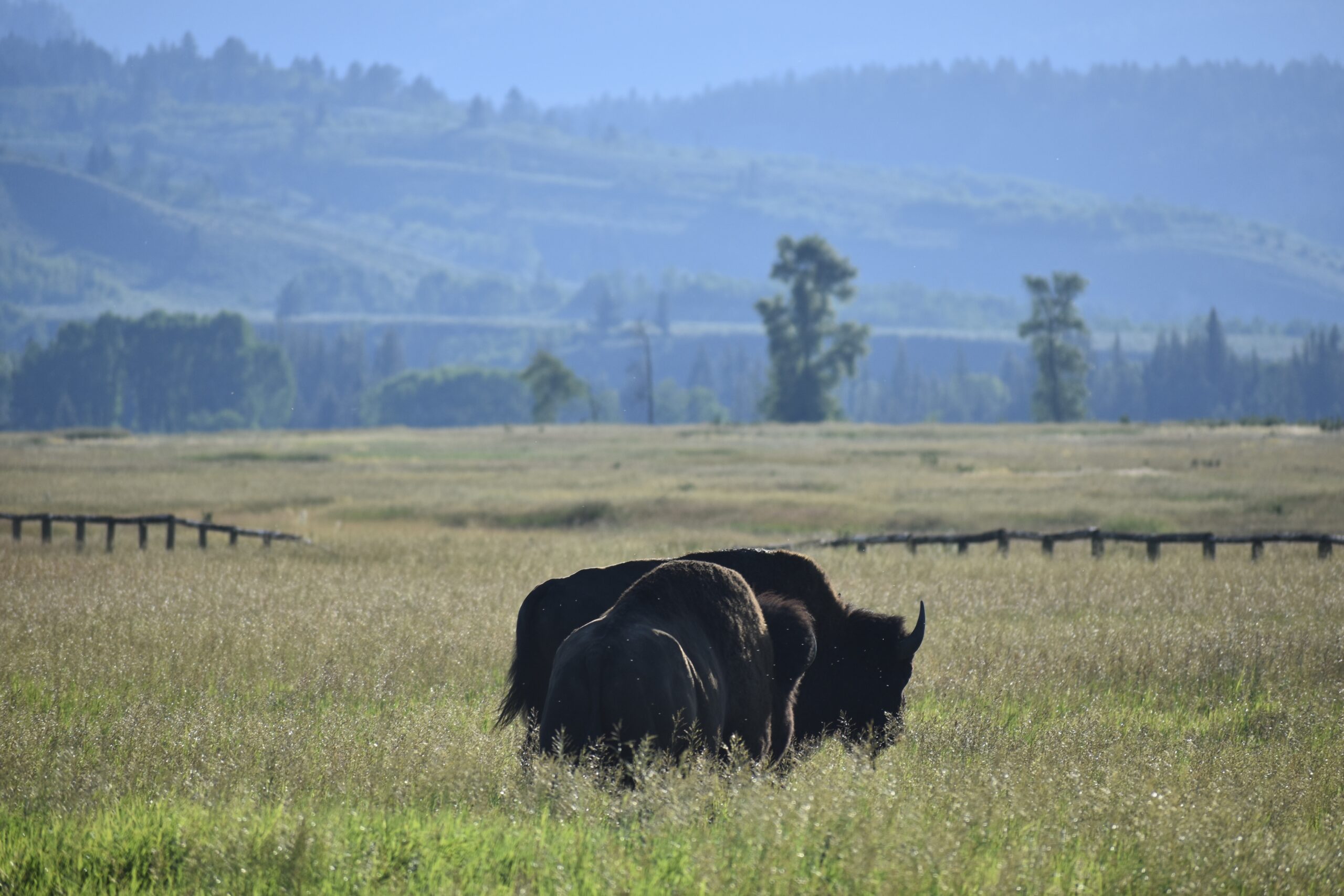
3. Stop by Oxbow Bend Turnout
Oxbow Bend is an overlook along highway 89/191 between Jackson Lake Junction and Moran Junction. It is home to a variety of birds (we saw pelicans and Great Blue Herons), muskrats, otters, moose and bear. This is another great spot to pull over to snap a sunrise photo reflecting on the water’s surface.
Did you know an oxbow is a crescent-shaped section of river next to a flowing, winding river? Erosion and deposits of soil change the river’s course, thus creating an oxbow over time.

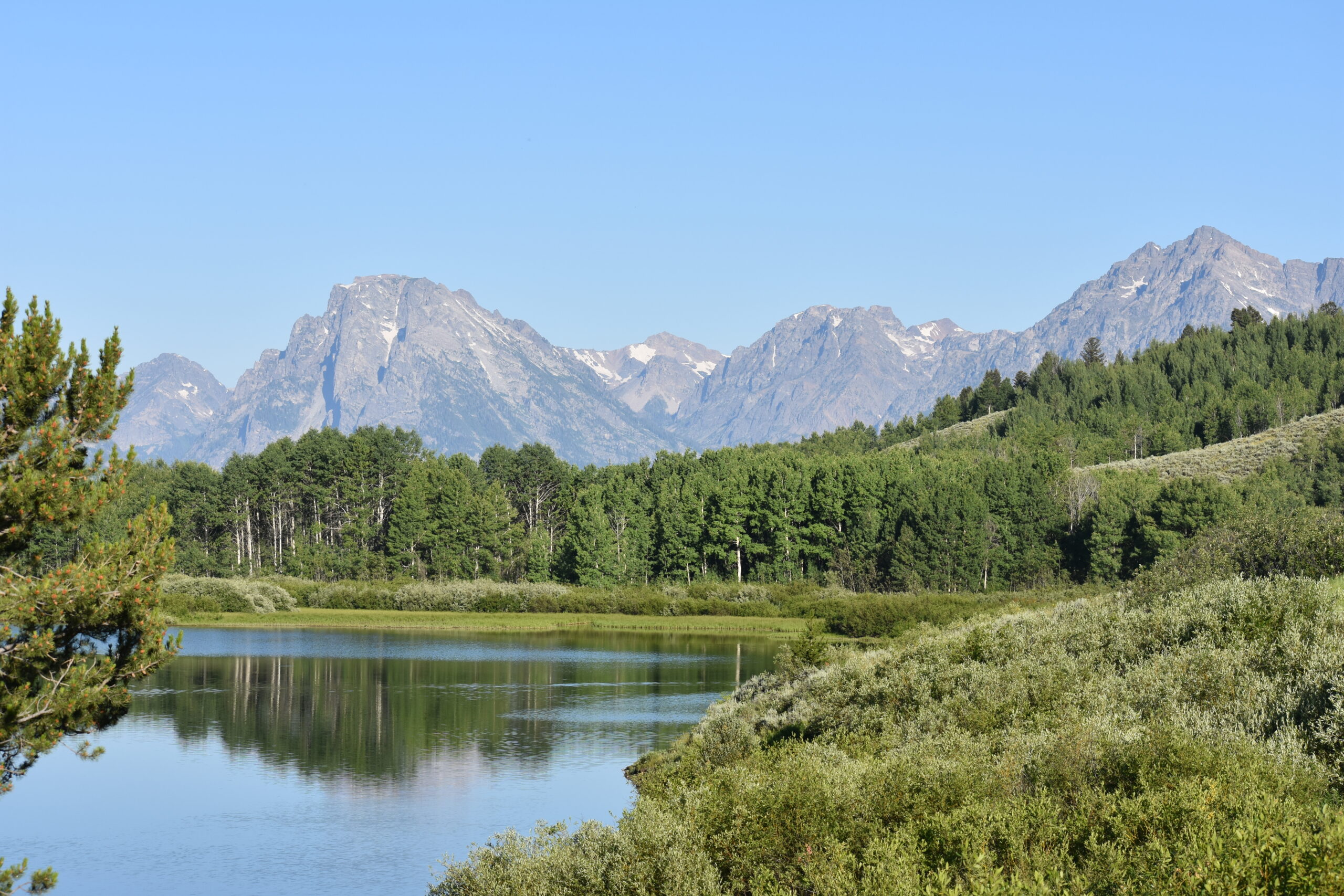
Reminder: Be mindful when you’re visiting! The animals are very much wild and too many preventable accidents/deaths occur each year!


